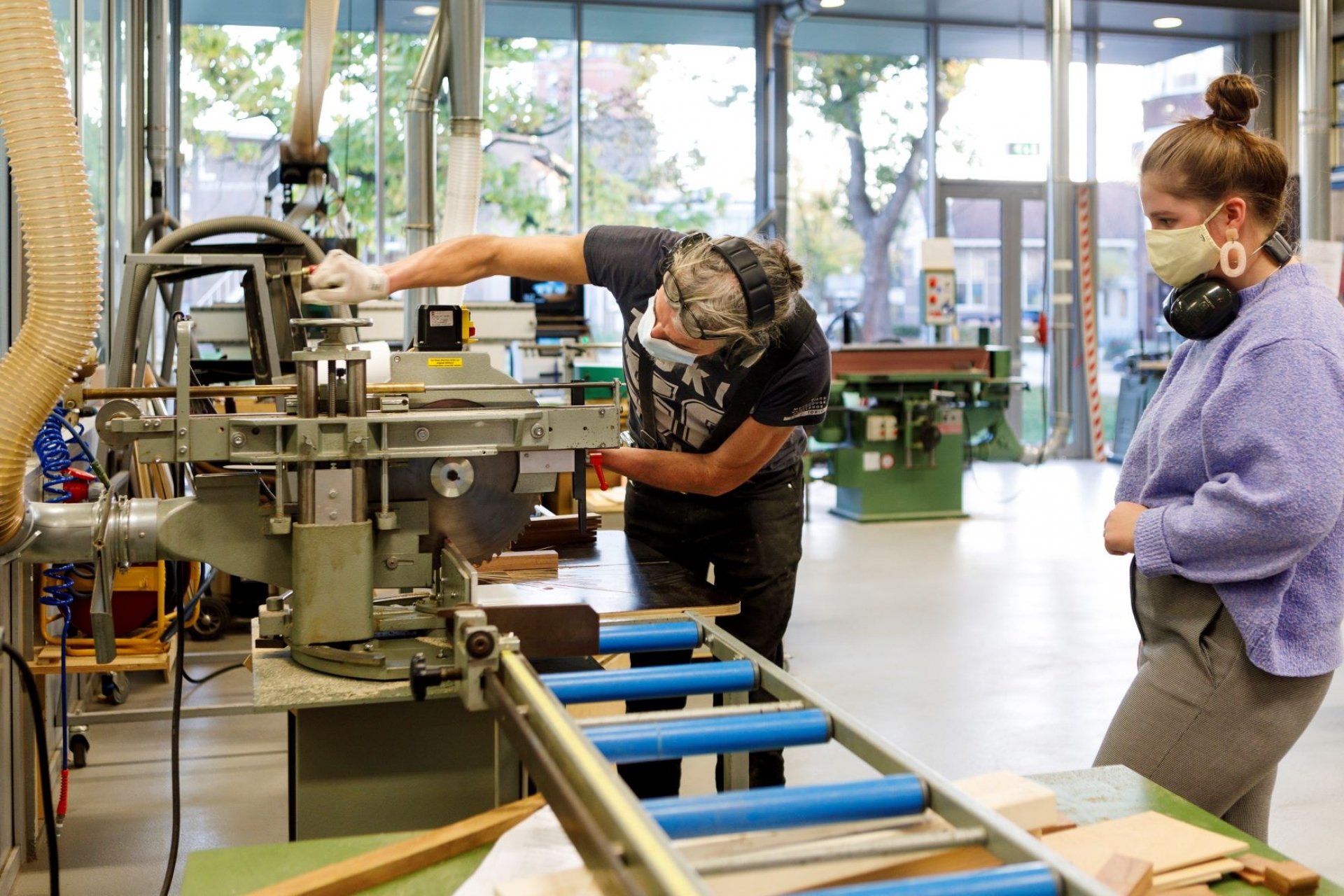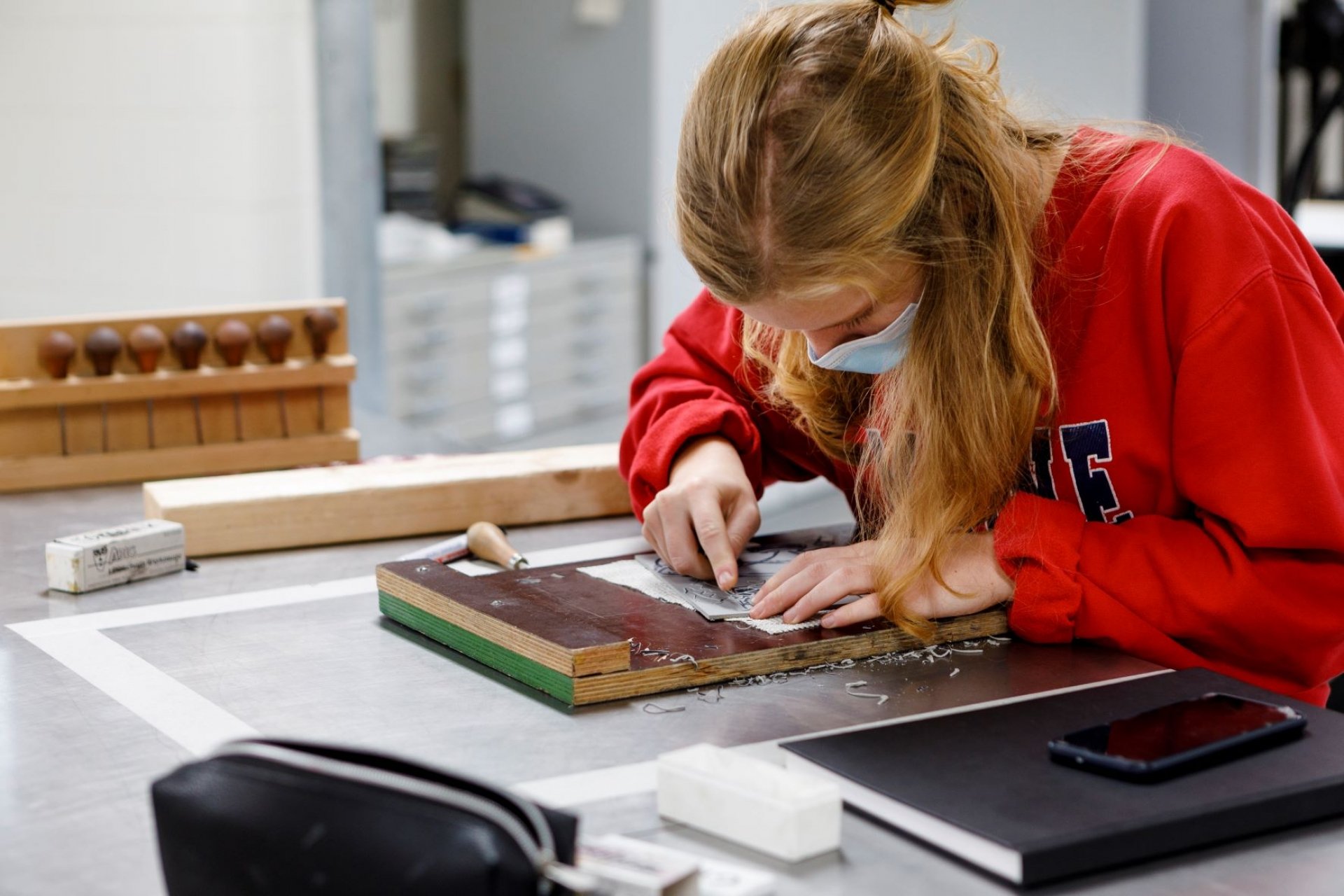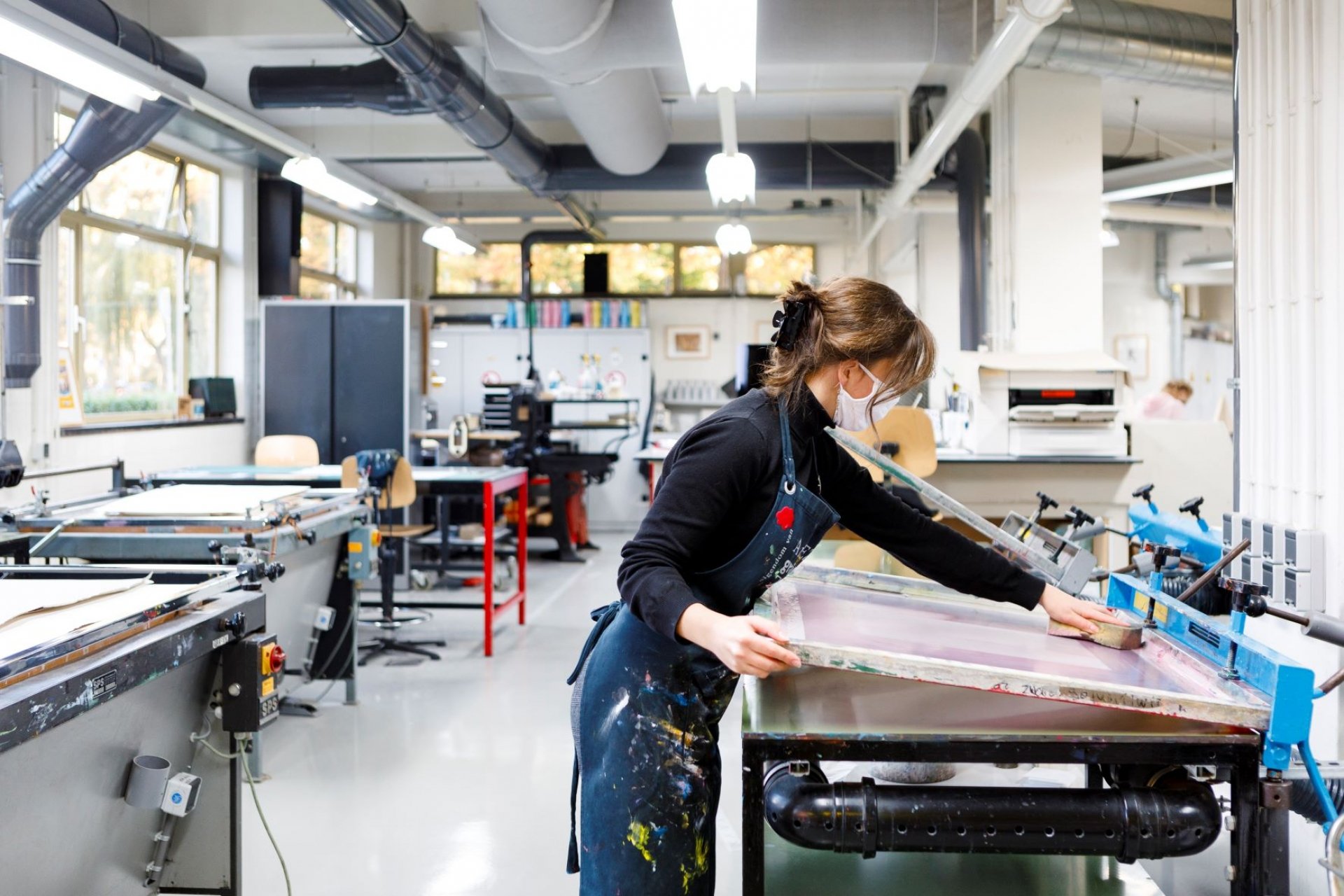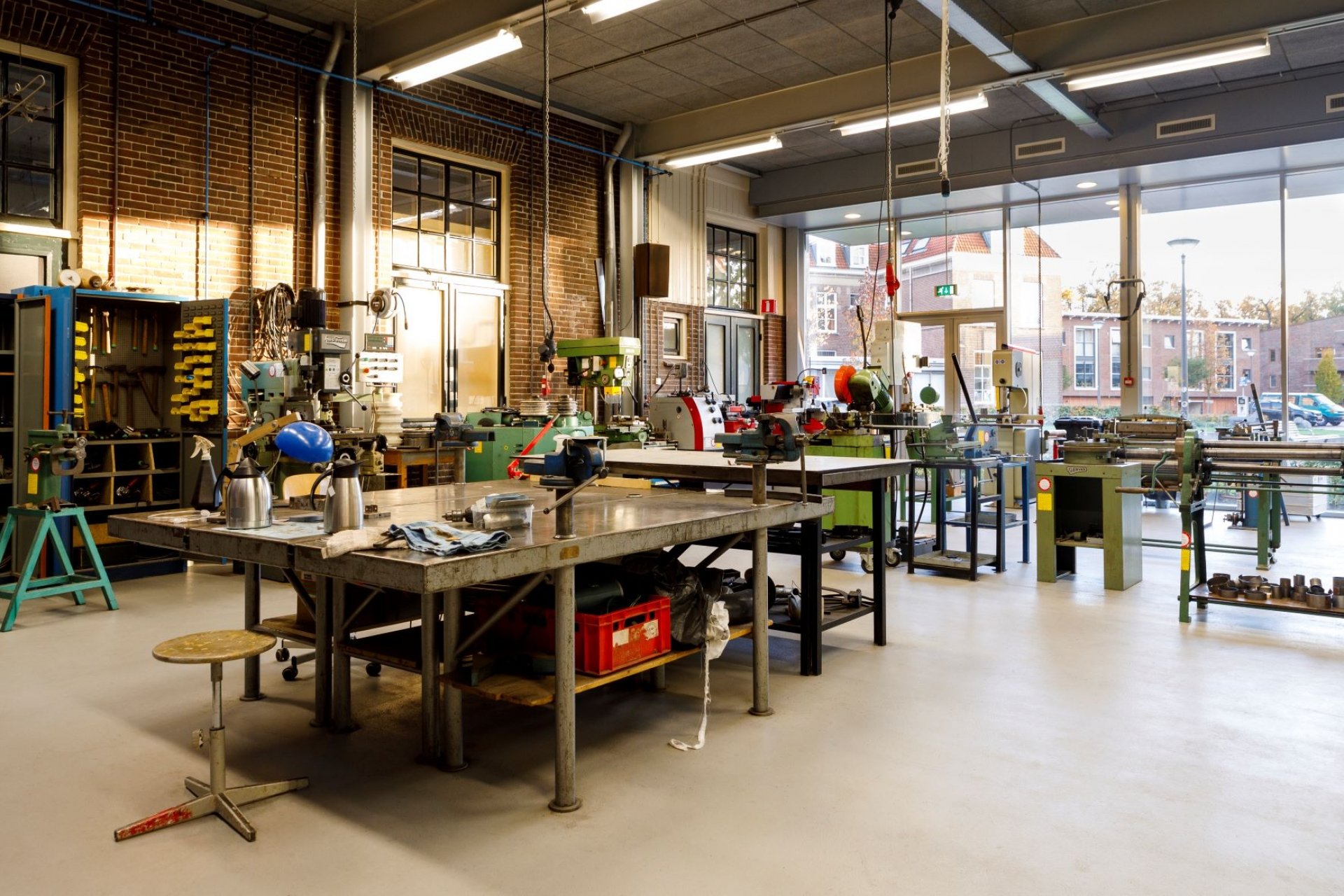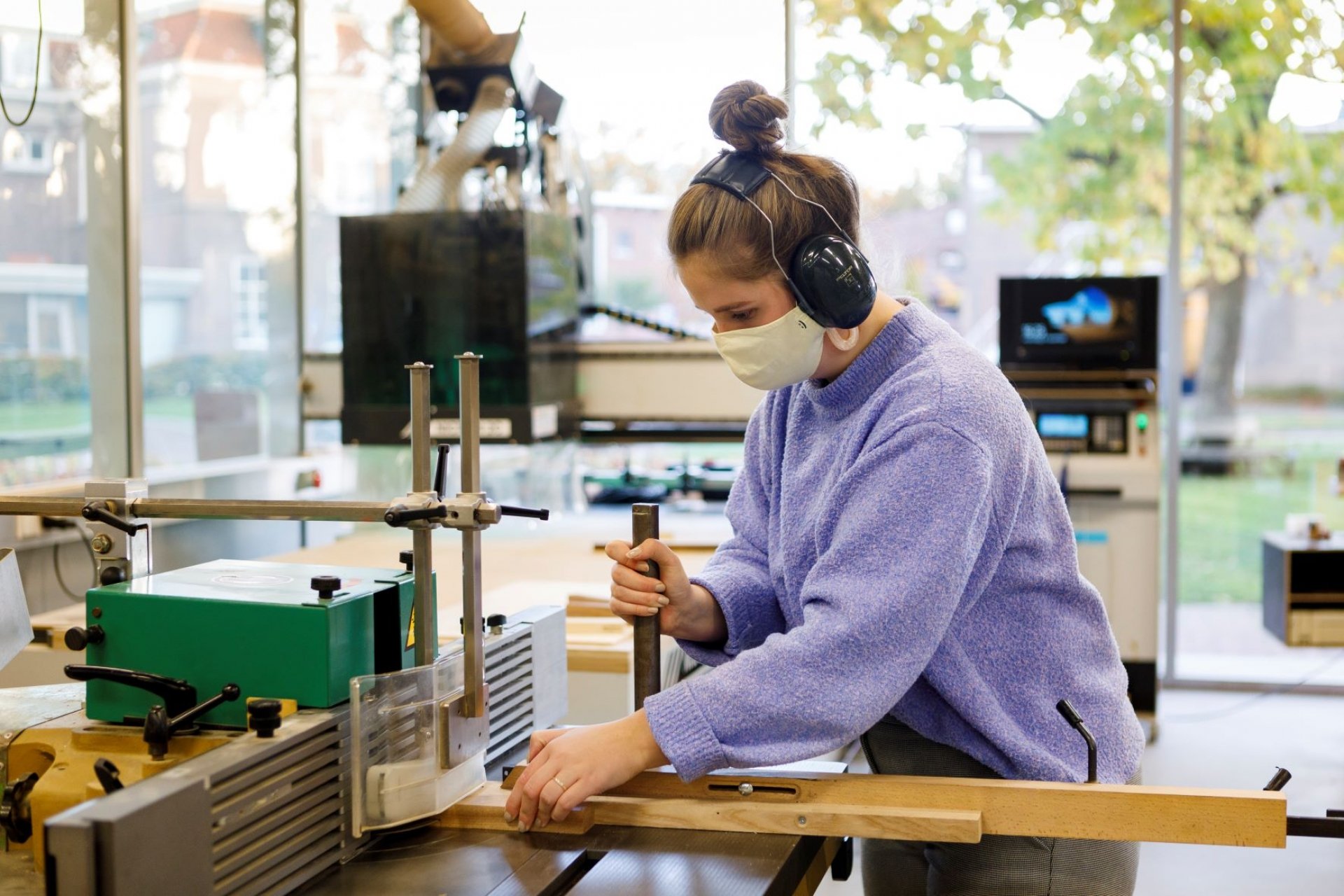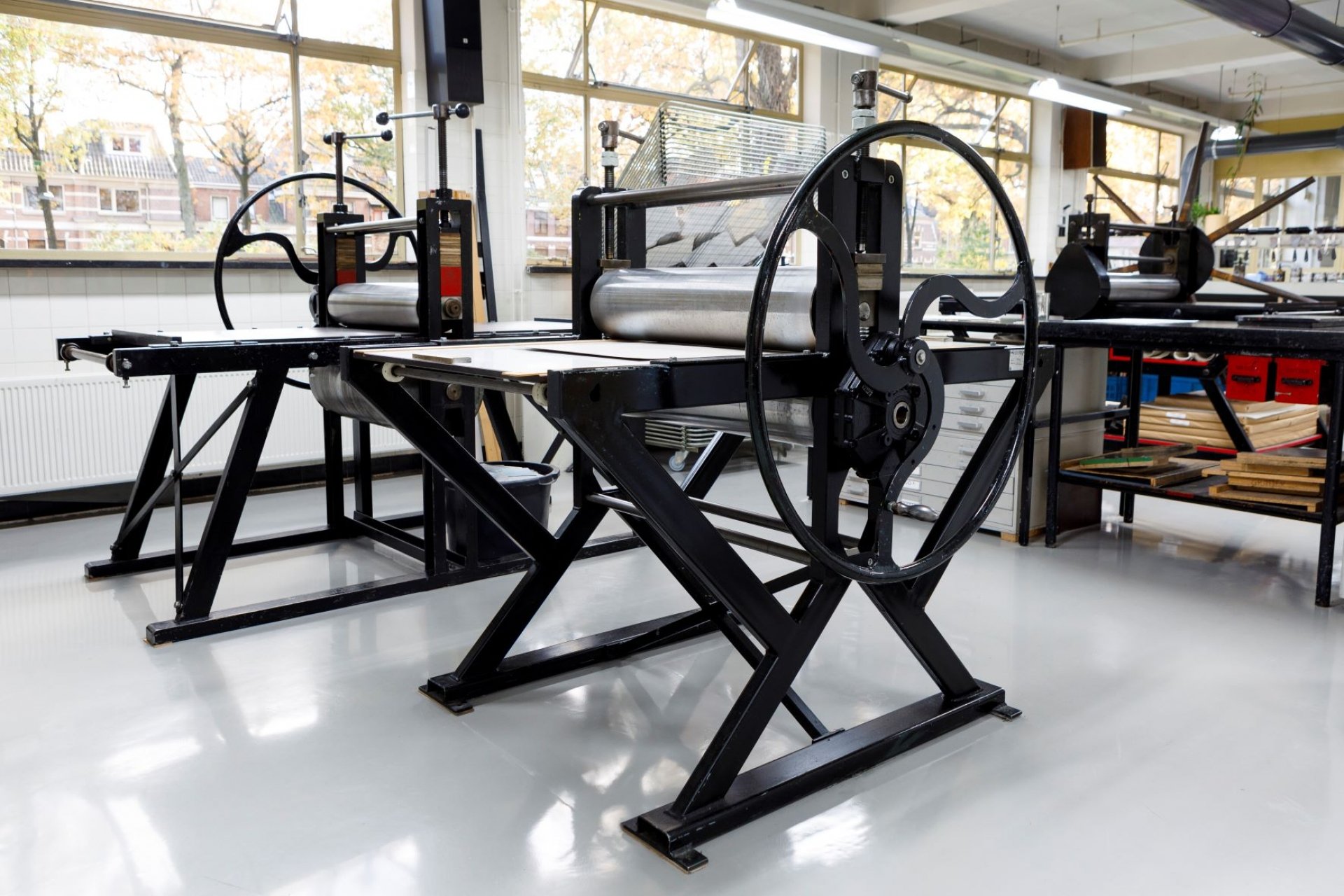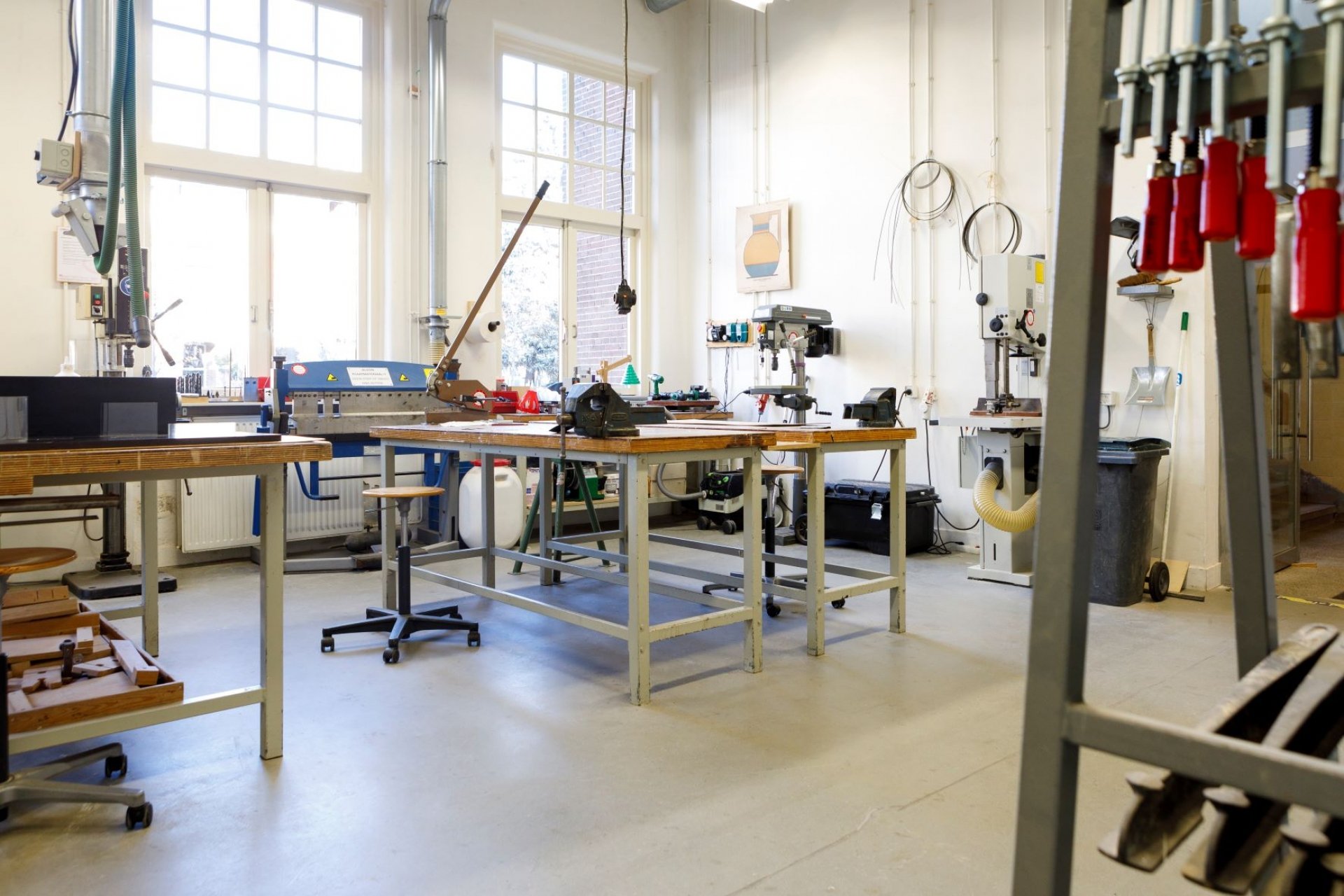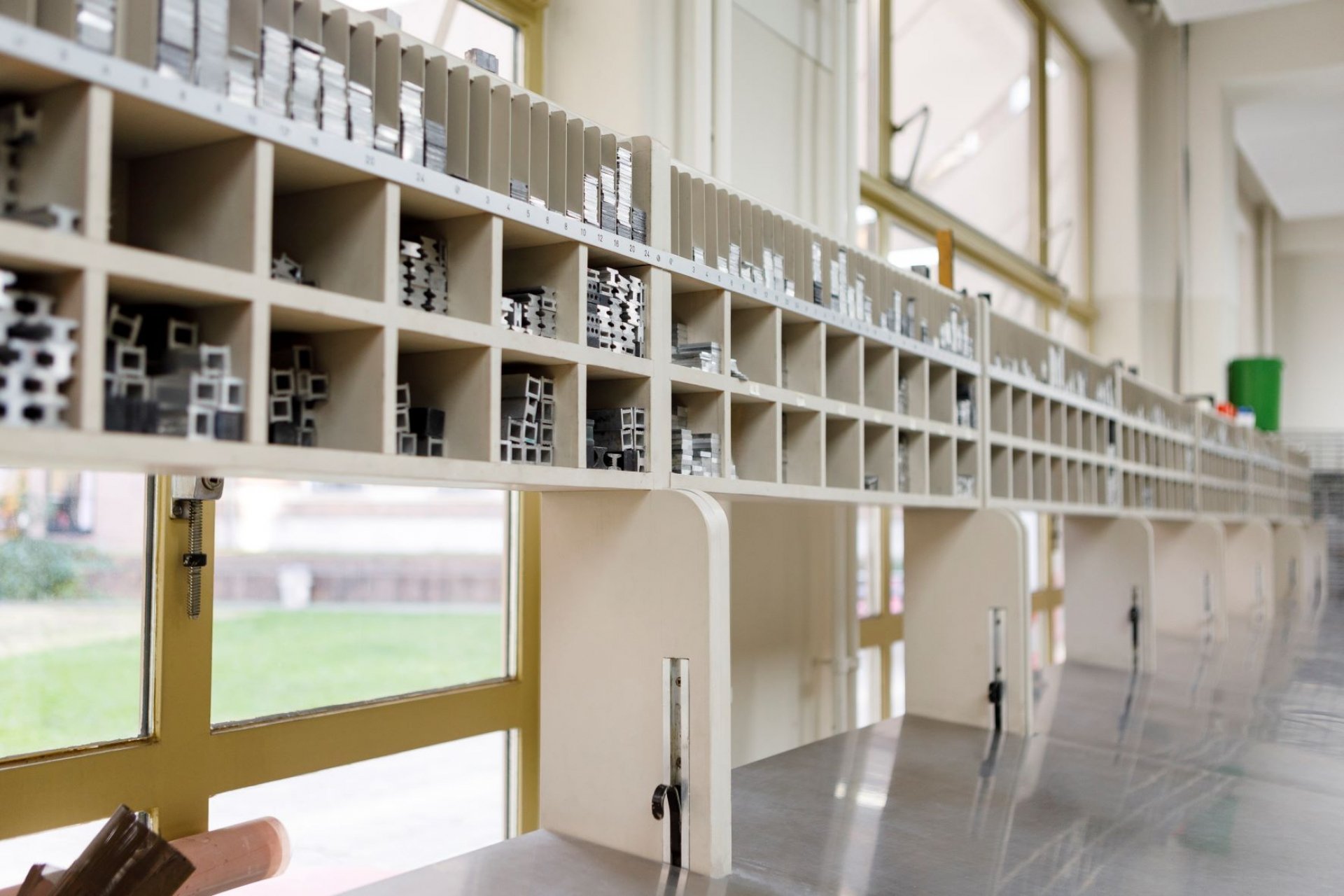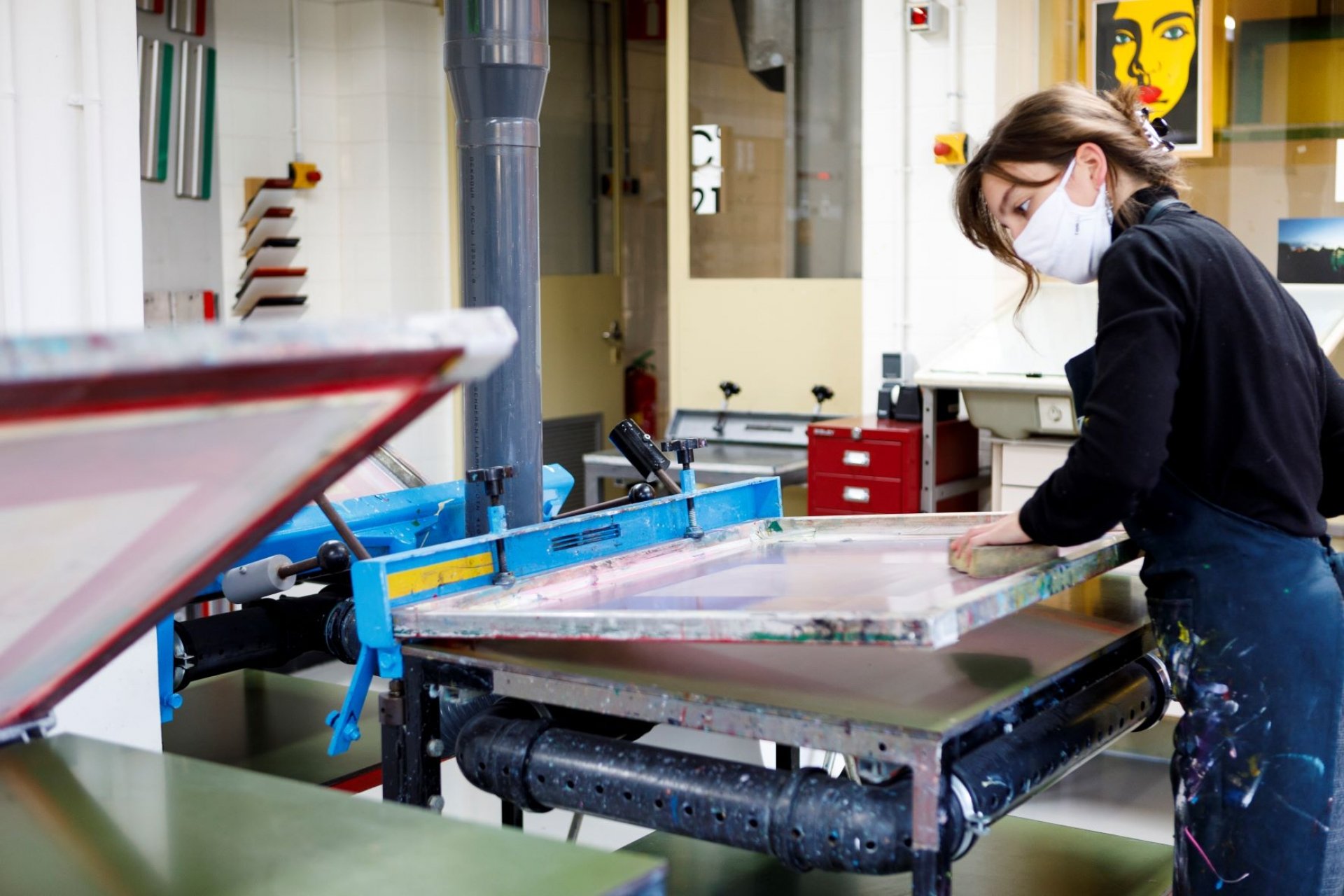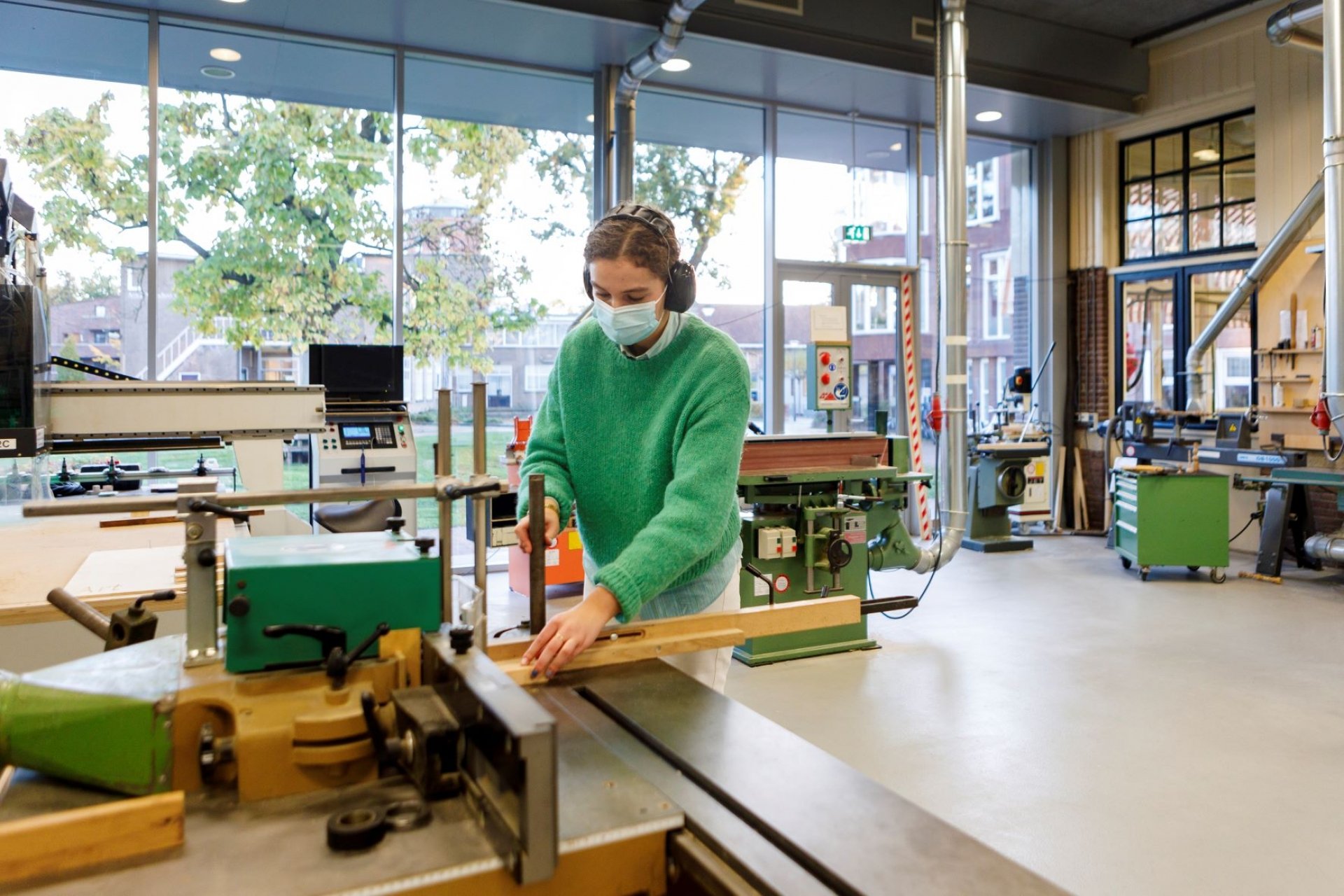Course
CourseTo allow others to experience what it is like to make art and to look at art properly, that is only possible if you are a maker yourself. As such, developing your artistic skills and those of your role as a teacher go hand in hand, throughout the course.
There is also a part-time version of Fine Art and Design in Education (duration: four years). And for those who already have a degree in art education and also want to obtain a first-level teaching qualification, there is a tailor-made programme (duration: two years). The studies can also be undertaken in Arnhem.
You can read below what the full-time study looks like from year to year.
Course structure
Are you a social and communicative image maker, do you dare to look beyond borders and do you want to keep innovating? Then the Fine Art and Design Education course is for you!
Lucas Verweij, HEAD OF THE COURSE
Workshops & opportunities
The workshops are the heart of an art academy. Here you learn by making. Making a lot! You can do this with many different techniques and materials. The course has excellent workshops where you can work under the expert guidance of an instructor. There are many options:
Study in Zwolle
Zwolle is a dynamic Hanseatic city, with winding streets and many original shops and eateries. It is a place where creative students, innovative entrepreneurs and free thinkers can easily meet.
ArtEZ finals
All our graduation students will present their graduation work during the ArtEZ finals. A visit to this graduation exhibition is a must if you are thinking about taking a course at ArtEZ.
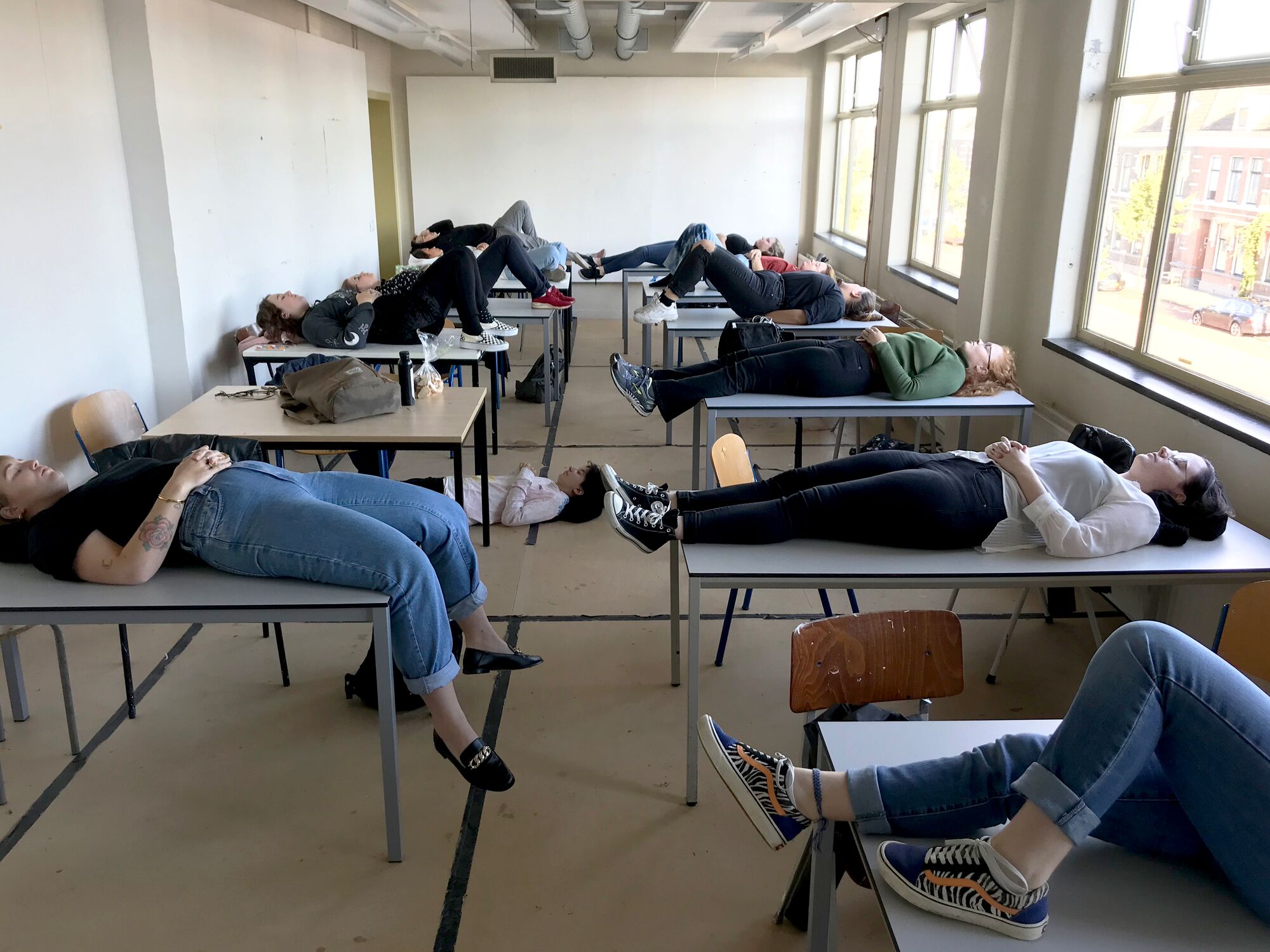
Preparatory programme
Would you like to take a preparatory programme first to find out whether this study suits you? You can! Discover the possibilities here.

